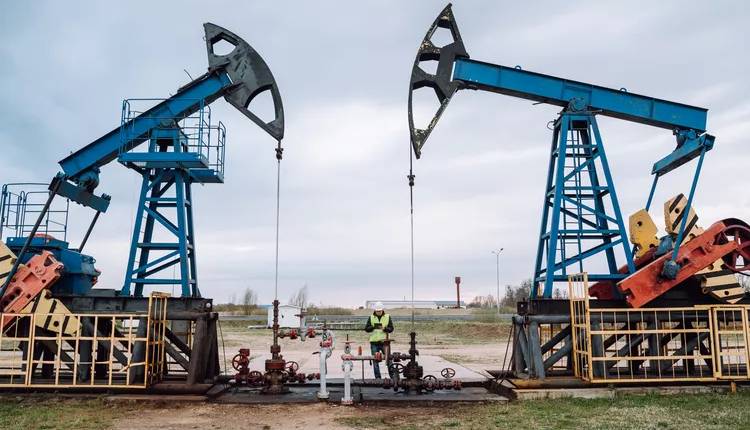The International Energy Agency (IEA) said this year’s oil demand growth would likely hit 1.3 million barrels per day (bpd), which is a million bpd less than in 2023, but it is an increase of 110,000 bpd from last month’s forecast as Houthi attacks in the Red Sea caused supply delays, Reuters reported.
On Thursday, the Paris-based IEA issued its monthly oil report, suggesting that dovish central bank signals could lead the way out of economic stagnation. However, the agency also voiced concerns about weak economic data from China.
The IEA’s growth forecast trails that of the OPEC, which maintains a more optimistic view of the economy, by nearly 1 million bpd.
The agency noted that the settling down of post-pandemic turbulence and an uncertain economic outlook would impact demand, even as shipping disruptions provide a temporary boost.
The global economic slowdown is seen as an additional deterrent to oil use, along with improving vehicle efficiencies and the expansion of electric vehicle fleets.
The IEA expects growth to continue to be heavily skewed towards non-OECD countries, even as China’s dominance gradually fades. China’s oil demand growth is projected to slow from 1.7 million bpd in 2023 to 620,000 bpd in 2024.
The IEA discussed OPEC+’s actions, stating that if OPEC+ keeps up voluntary cuts until 2024, the market might lean towards a minor deficit instead of a surplus. The agency also noted that oil prices stayed within a certain range in early March, following the pricing in its most recent cut announcement.
The report concluded with the observation that oil supply growth from non-OPEC+ countries will continue to significantly outpace oil demand expansion.



